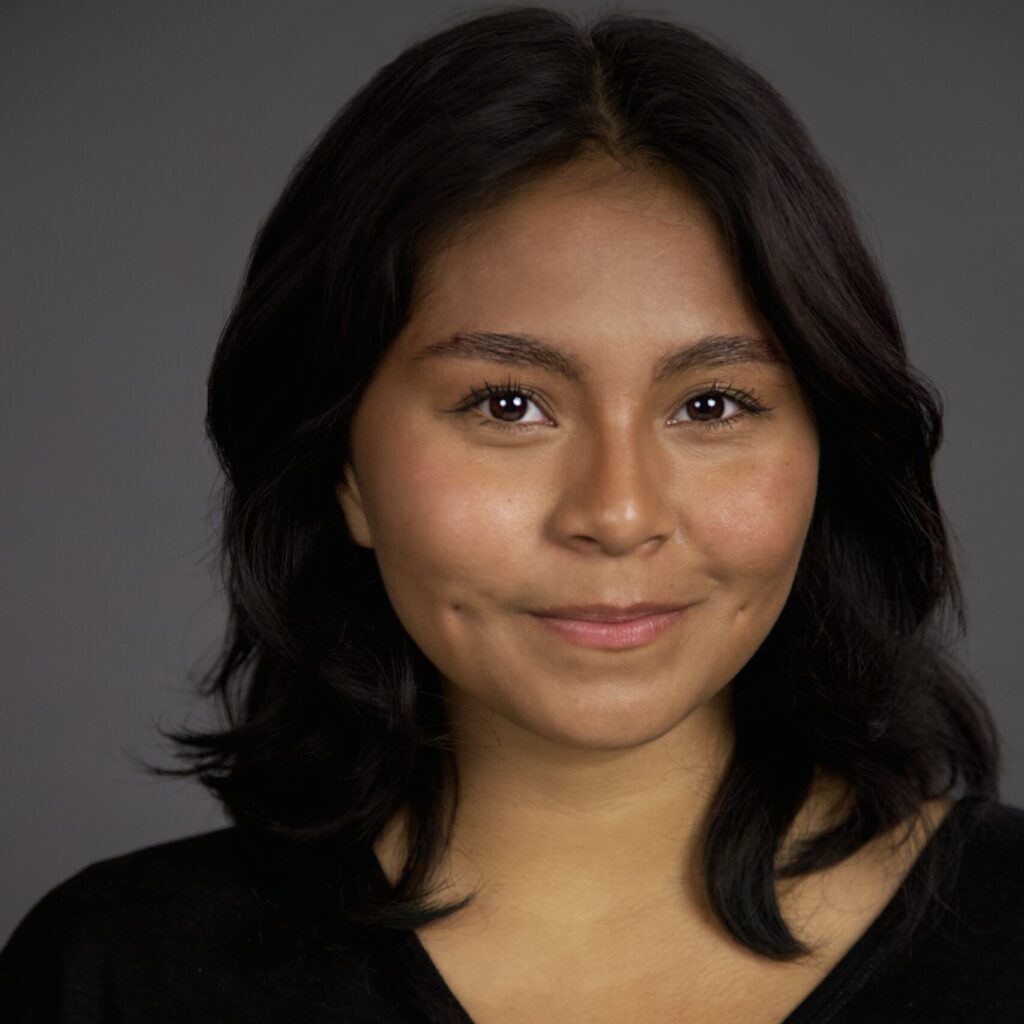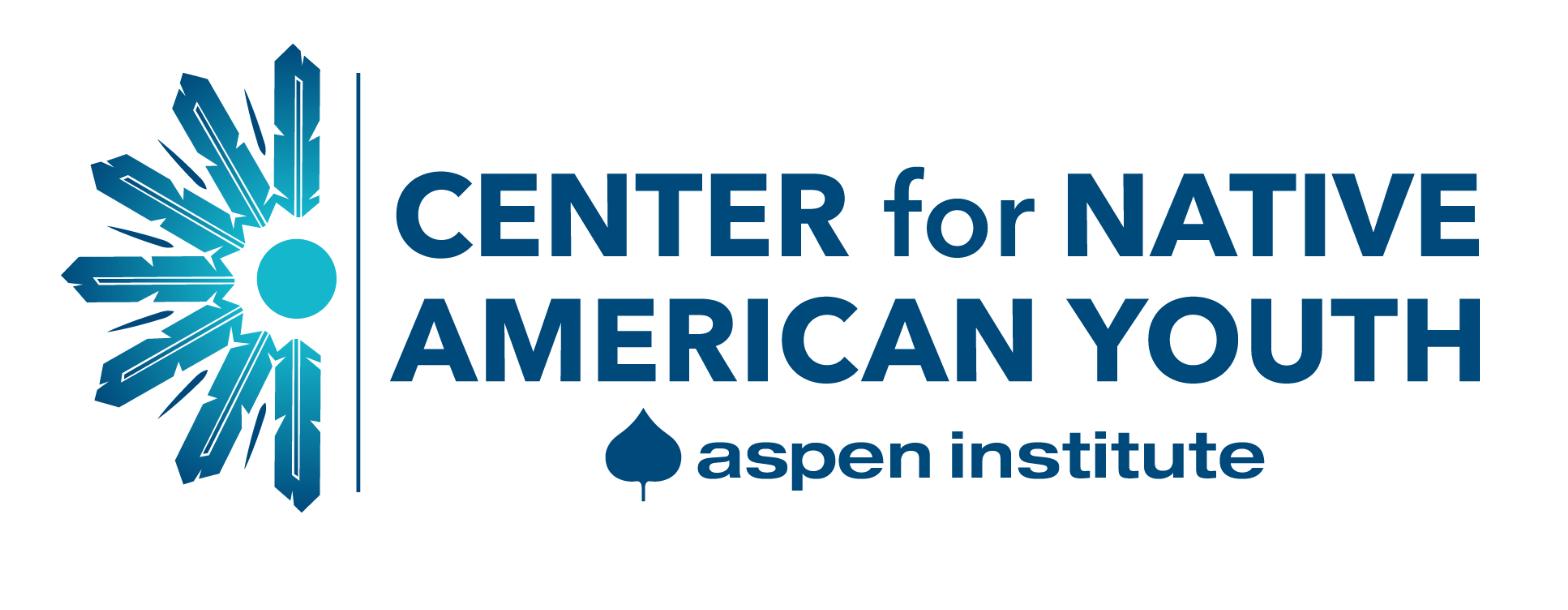
Written by Lily Joy Winder, Diné and Southern Ute activist from Albuquerque, New Mexico, majoring in Comparative Studies in Race and Ethnicity at Stanford University. She has built a following on TikTok and Instagram for her online advocacy for Indigenous issues, focusing on the Missing and Murdered Indigenous People (MMIP) crisis, Native mascots and tribal involvement in climate solutions.
Trigger Warning: mentions of sexual and colonial violence
How many lives from a community can an industry take before a society understands these are no longer mistakes? As Indigenous People, many of us are acutely aware of the horrific Missing and Murdered Indigenous People (MMIP) epidemic – also known as the Missing and Murdered Indigenous Women, Girls and Two-Spirit (MMIWG2S+) epidemic – that plagues our communities. Enough of us have been told to move cautiously because, in parts of the United States, we are 10 times more likely to be murdered than non-Natives. Too many of us hold our mothers, sisters, aunties and cousins tighter because we know one out of three have likely been raped. These nightmares have shaped part of myself and many of my relatives. However, this Indigenous plight is under-researched and underfunded, met with very few solutions or answers. Even with so much uncertainty, there are clear perpetrators and explanations for a recognizable portion of this epidemic.
Distinct links have been made between the extractive oil industry and the MMIP epidemic, and it’s even been stated that the presence of oil industries near Indigenous lands causes “hot spots” of violence, nearly tripling the existing amount of Indigenous violence in the area, including rape, sex trafficking and murder. This phenomenon is associated with the residence of “man camps,” a slang term used to describe temporary communities of male workers created by extractive industries near their fracking sites. These “man camps” are typically filled with non-Native men, posing a huge risk to the surrounding community, as 96% of perpetrators of sexual violence against Native women are non-Native. While these sites of violence are associated with oil industries, the transition to clean energy could also maintain this status quo of violence against Indigenous people.
Electric vehicles (EVs) are being touted as an important step in combating the climate crisis and shifting from the fossil fuel industry. However, the current U.S. plan for mass-producing EVs includes the mining of lithium at a sacred Indigenous site in Nevada – Peehee Mu’huh – only 15 miles outside the Fort McDermitt Paiute and Shoshone Tribe reservations. Furthermore, the Lithium Nevada Corporation in charge of this mining operation expects the mine will employ 1,250 workers, who will likely reside in “man camps,” similar to their oil industry counterparts.
Without a robust policy and address from governmental agencies and other decision-makers,
the transition to clean energy will still be stained by Indian blood.
As we look toward solutions, the most obvious is that we need to start living within our means and stop relying on the extraction and consumption of our natural world. Extraction and sustainability are not compatible. Furthermore, the legal framework for Indian Country, set forth by the Supreme Court ruling in Oliphant v. Suquamish Indian Tribe, does not allow Tribal governments to prosecute non-Natives on Indigenous lands. Many MMIP cases get lost in our current legal framework because of tribes’ legal inability to pursue cases on their own. If tribes were empowered to prosecute these “man camp” perpetrators and hold extractive industries accountable on their lands, more justice could be brought about. However, abandoning extractive industries and overturning a major ruling like Oliphant would be enormous undertakings that will likely be the work of a generation or generations.
With these end goals in mind, there are harm reduction efforts that are worth considering in the meantime. Mandates from either the state or federal government could be made in an effort to hold extractive industries financially accountable for the conduct of their workers. If it’s not feasible for extractive industries nearing tribal lands or people to be removed, tribes should, at minimum, benefit financially. Financial compensation would allow Indigenous communities to not only combat the negative, violent impacts of extractive industry, but also be able to enact positive change. On an individual level, we all need to keep talking about this horrific issue – Indigenous or not. These industries act carelessly and maliciously, trusting that the general public will forget the Native lives broken and taken. However, they miscalculate the strength of Indian Country. As Indigenous people, we are no strangers to loss. But we are also no strangers to resilience and courage. We will fight and move forward in the face of oppressive entities, as we have always done.
Sources
–
At the Center for Native American Youth (CNAY), our mission is to improve the health, safety and overall well-being of Native American youth. We work for and with Native youth like you to ensure you have the opportunity to drive your own narrative focused on your strengths, culture and the positive things you do every day.
To be featured on our digital platforms, please complete the CNAY Youth Highlight Form. To date, our social channels – including Facebook, X (Twitter) and Instagram – have a reach of more than 35,000 followers. You can use this form to highlight your solutions to challenges facing your community, showcase your culture, or amplify your latest project, activity or event.
Are you part of a youth council or student group? Show us your work! Do you have an opinion on environmental justice that you want to share? Work with us on a featured blog! Do you want to be a role model for other Native youth? Let us feature you! We can also help you grow skills on social media, writing blogs, interviewing or creating digital content. Questions? Contact Jamie Levitt: jamie.levitt@aspeninstitute.org

